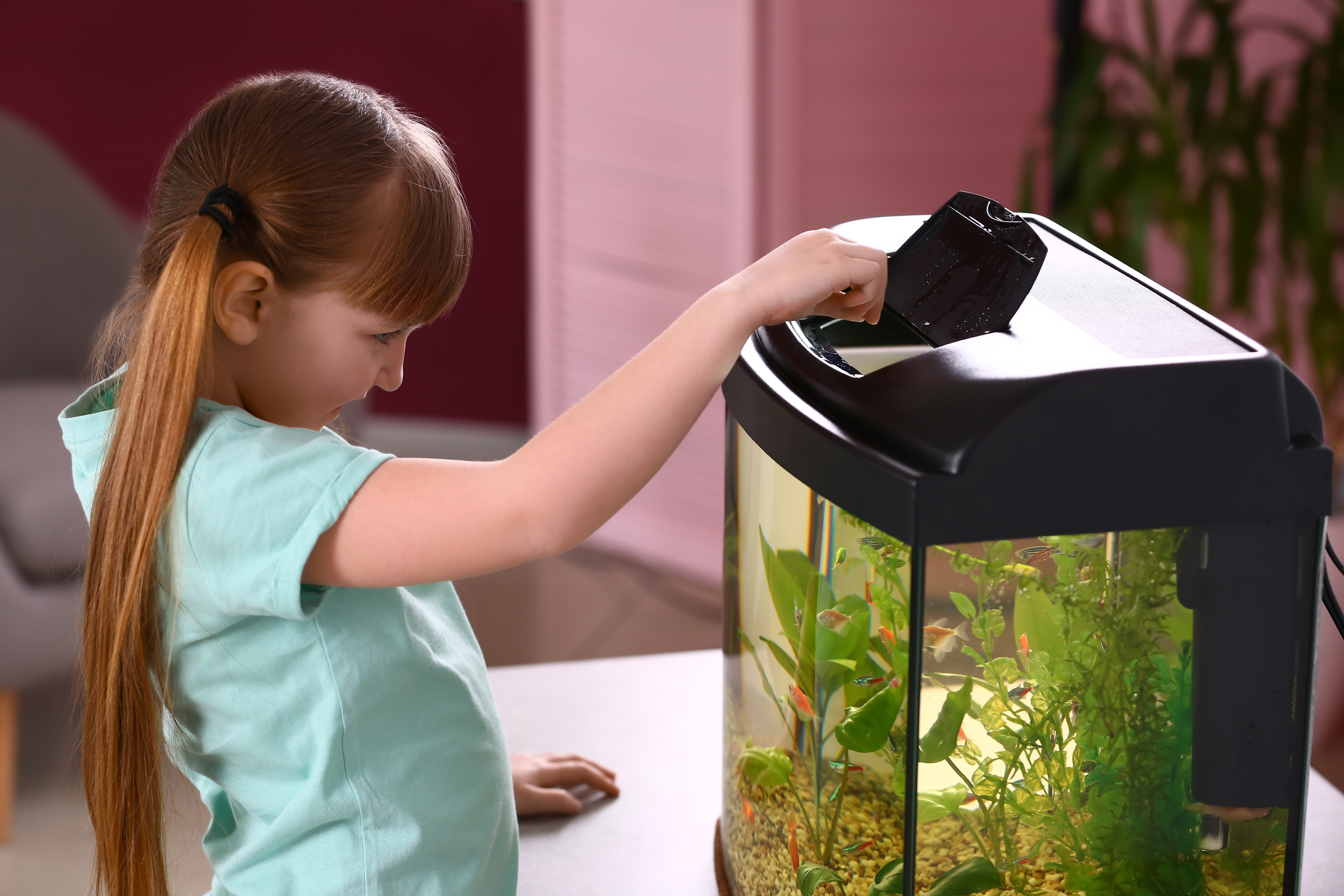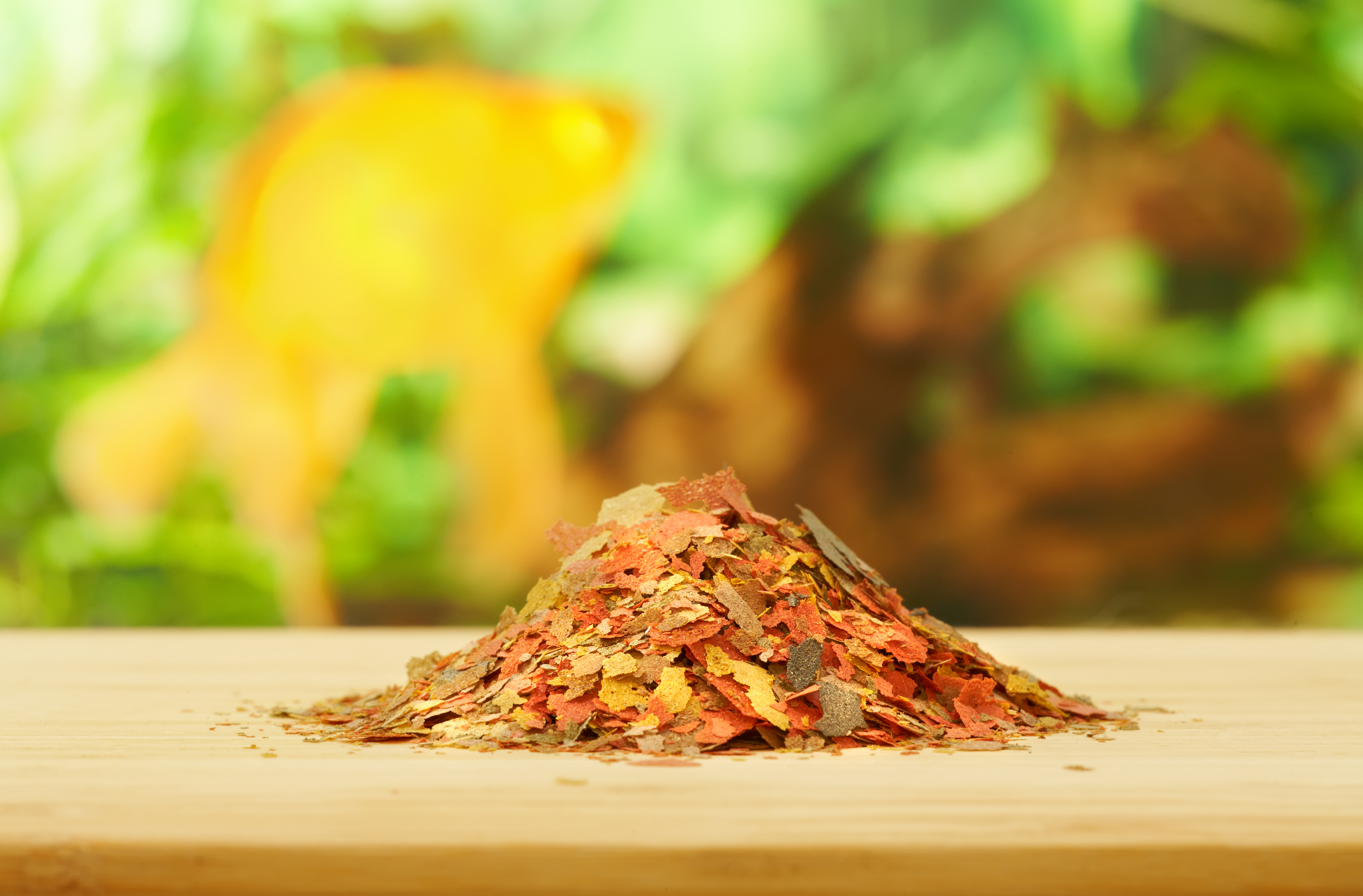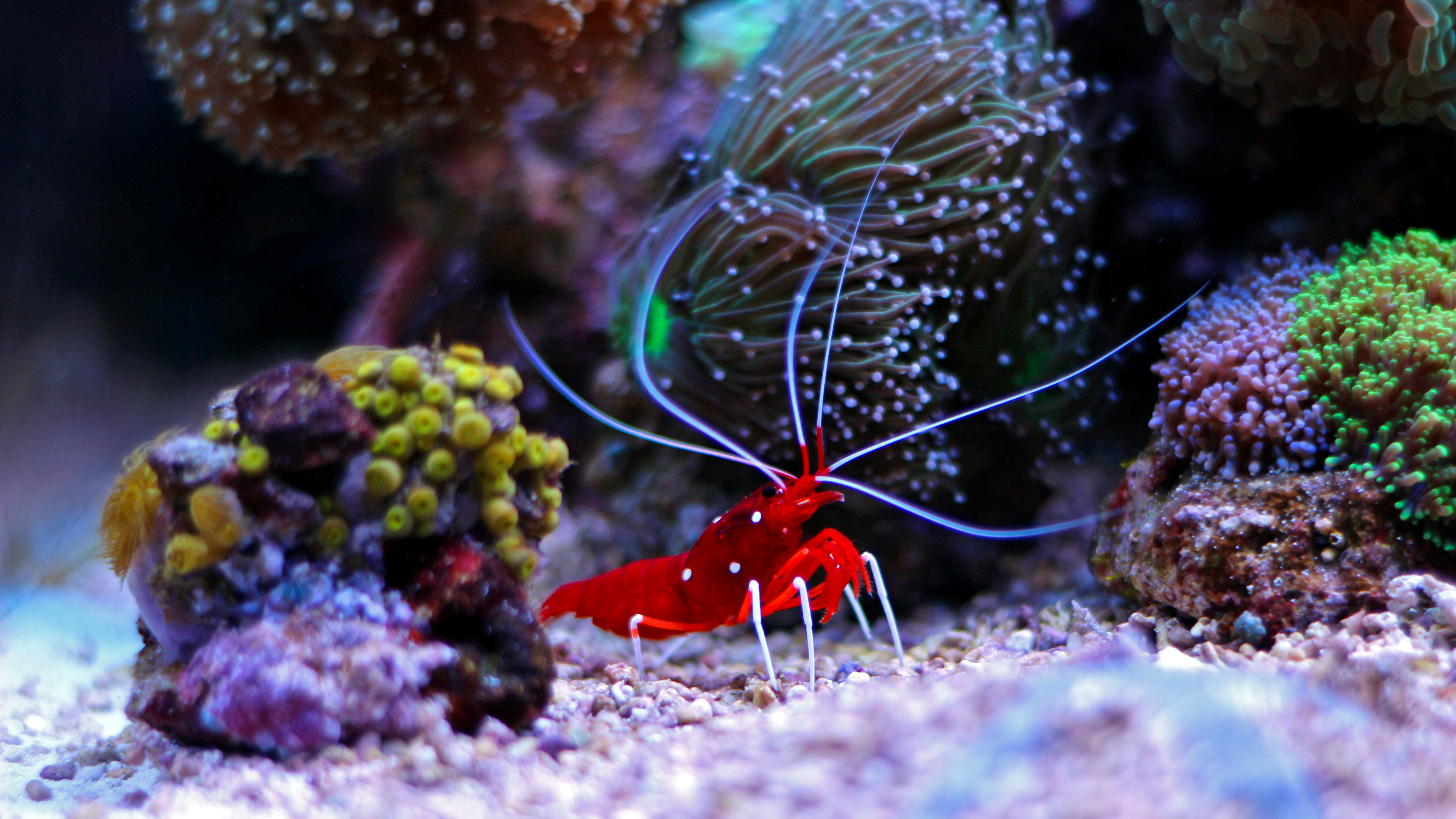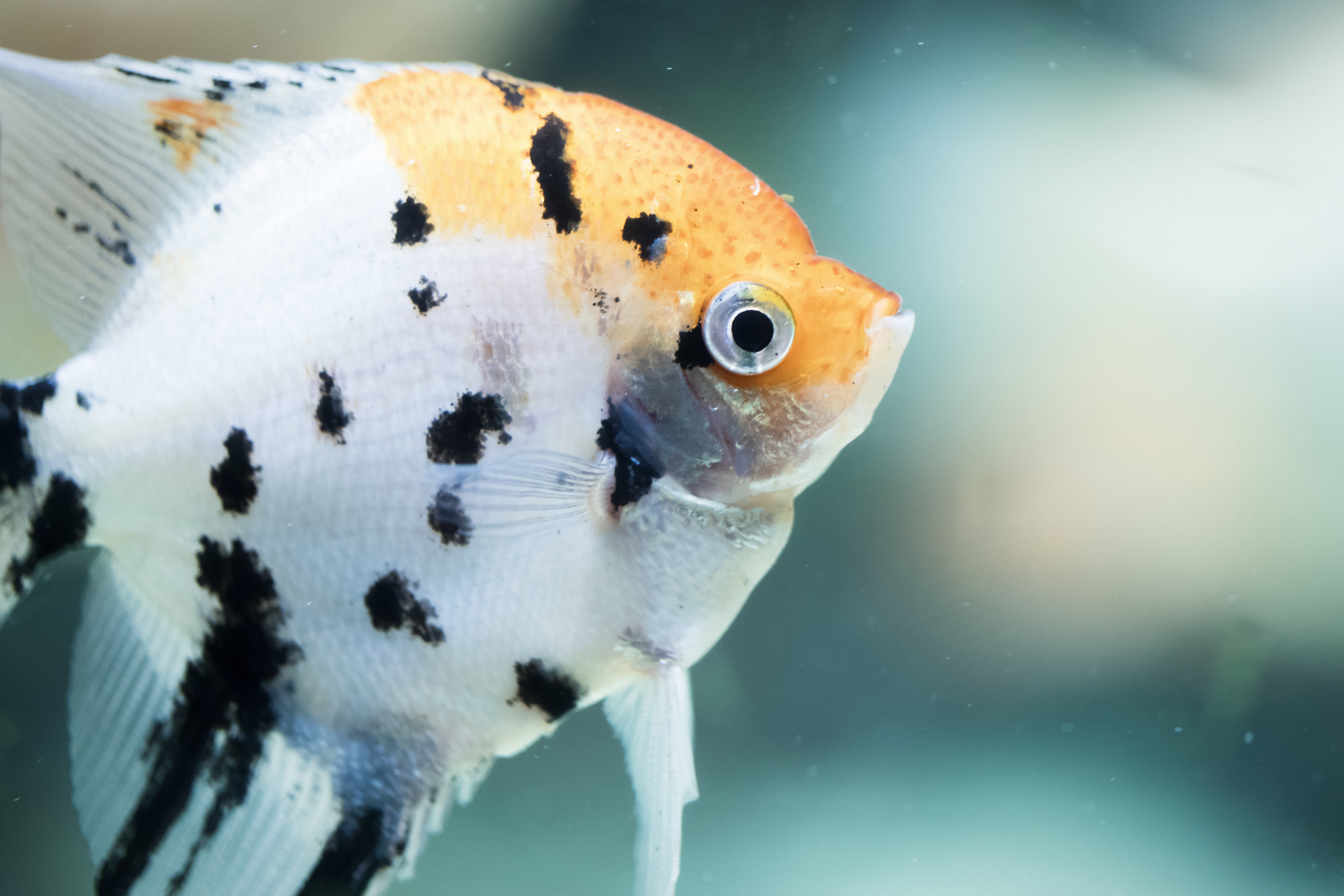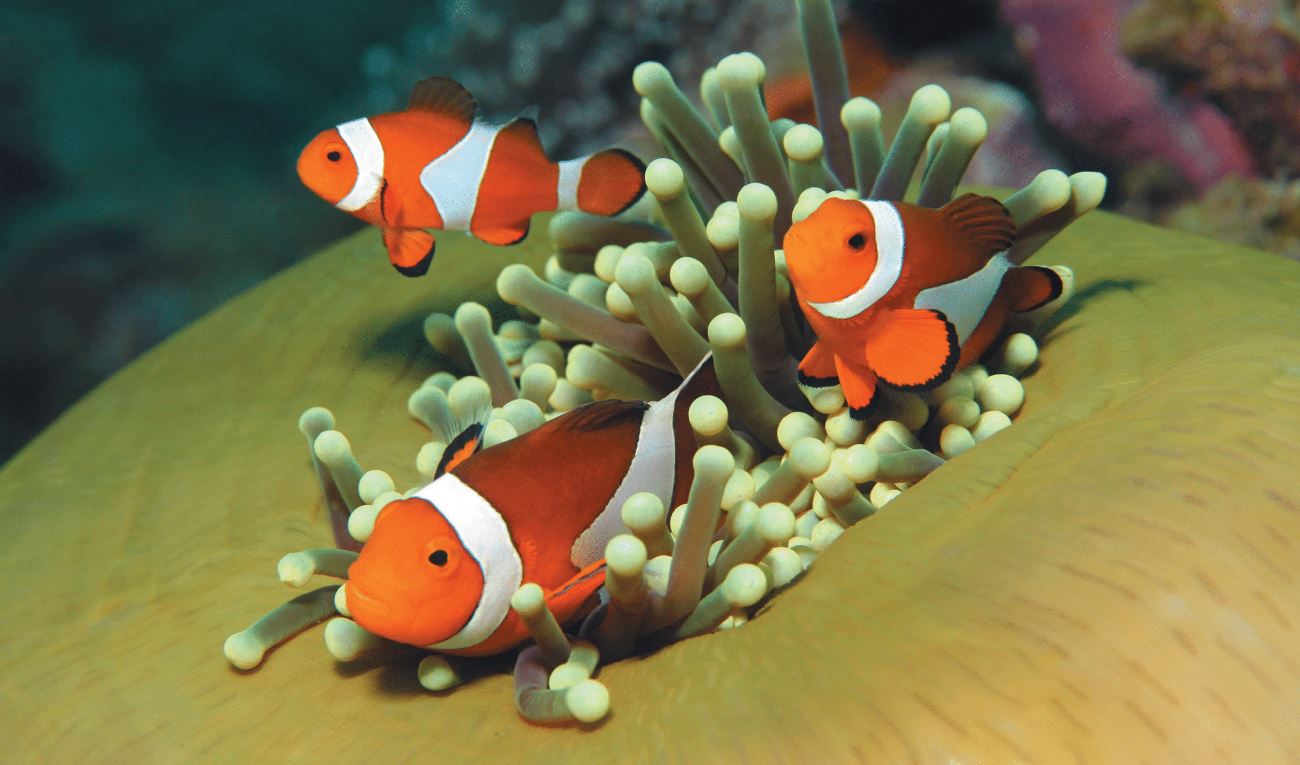Clean Fish; Happy Fish
Joe Olenik //August 3, 2015//
 Today’s aquarists are busy, on-the-go people, and finding time to clean their tanks can be difficult for them. Newer hobbyists aren’t always sure what to clean and when, how much water to change and how often, or even what equipment they need. Aquatics stores have much to gain by educating, encouraging and showing customers how to care for their aquariums. By showing newfound aquatic enthusiasts how to be successful, they’ll grow and expand in the hobby, increasing a store’s sales and profits in the process.
Today’s aquarists are busy, on-the-go people, and finding time to clean their tanks can be difficult for them. Newer hobbyists aren’t always sure what to clean and when, how much water to change and how often, or even what equipment they need. Aquatics stores have much to gain by educating, encouraging and showing customers how to care for their aquariums. By showing newfound aquatic enthusiasts how to be successful, they’ll grow and expand in the hobby, increasing a store’s sales and profits in the process.
Algae Elimination
Removing algae is the first act of aquarium cleaning most hobbyists encounter. Magnetic scrapers like Aqueon’s Algae Cleaning Magnets and Gulfstream Tropical Aquarium’s Mag Float line come in several sizes and make removing algae simple and enjoyable. Be sure to keep replacement pads for glass or acrylic tanks in stock and keep a magnet scraper attached to a display tank in your store to encourage customers to try it out. For more budget-minded shoppers, handheld and long-handled scrapers like those made by Lee’s Aquarium & Pet Products are affordable, come in glass and acrylic models and are made in the USA.
Change It Up
Performing regular water changes, along with occasional vacuuming of substrate, is arguably the most important aquarium cleaning task hobbyists can do. It’s also a chore most overlooked and avoided, mostly because it can be a hassle. Handheld siphons with gravel vacuum tubes like Python’s Pro-Clean line come in a variety of sizes and are fine for tanks less than 25 gallons. For larger aquariums automatic systems that attach to a faucet take the drudgery out of tank cleaning by eliminating the unpleasant sucking on a hose and hauling buckets of water to and from the tank.
Lance Reyniers, founder and president of Python Products, developed the original Python No-Spill automated siphon/fill system. He developed it, he joked because “I’ve got one arm that’s longer than the other from hauling buckets!”
Reyniers encourages stores do tank maintenance with a No-Spill system during store hours so shoppers can see how they work. If this isn’t practical due to limited staff or space, Python also offers how-to DVDs that can be incorporated into merchandising displays for shoppers to view.
“I want people to interact with their fish tank,” he said.
All Python products are made in the USA and MAP pricing is strictly enforced.
Rick Preuss, owner of Preuss Pets in Lansing, Mich., uses his store’s water testing service to monitor conditions in his customers’ tanks. His staff is also trained to ask as many questions as possible about their maintenance habits.
“Most people will follow your advice and once they get in the habit of doing weekly to bi-weekly water exchanges, they do it faithfully. Train staff to be investigative, not interrogative; throw as wide a net as possible around each situation,” he said.
There are many different philosophies on how much water to change and how often.
“Small water exchanges done on a regular basis are less stressful than massive ones done infrequently,” said Reyniers.
Be sure to recommend Tetra AquaSafe or Aqueon Water Conditioner to neutralize chlorine and chloramines quickly in tap water, which helps to reduce stress in fish. Tetra and Aqueon also offer online tank maintenance tips for hobbyists. Beginners especially should be directed to these sites.
Many hobbyists are under the assumption that topping off their aquarium for evaporation is the same as doing a water exchange, but remind them that when water evaporates, pollutants stay behind and over time pH can drop to unsafe levels. If your customers keep houseplants, have them water their plants with aquarium water, as fish waste makes excellent fertilizer.
Deleting Deposits
Lastly, calcium and lime deposits form on aquarium covers and around tank rims, especially in saltwater aquariums and hard water environments. Python Products’ RYDYT 1 and RYDYT 2, and API’s Safe & Easy Aquarium Cleaner make removing these deposits quick and easy. They’re also great for cleaning filter and powerhead impellers, heater tubes and other aquarium accessories. Hobbyists should do this three to four times a year, and more frequently in hard water or saltwater situations.
Cleaning an aquarium is a natural part of owning one. By teaching customers a regular routine and showing them the tools and products they need to make it hassle-free, trust is not only earned, but success is ensured and a hobby is will continue on for years to come.






